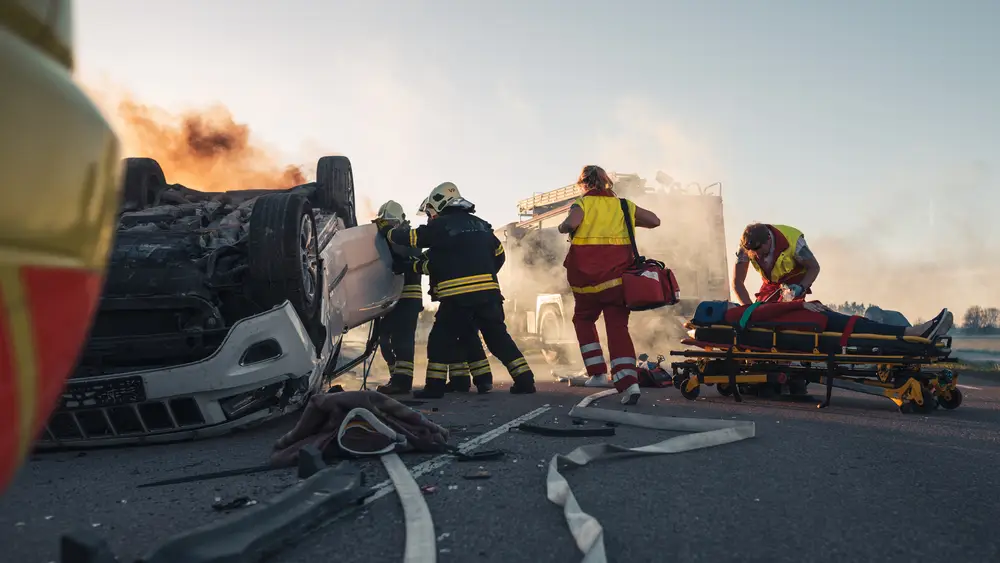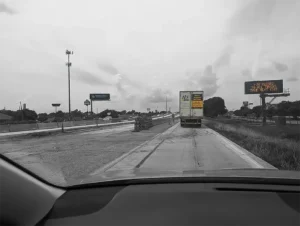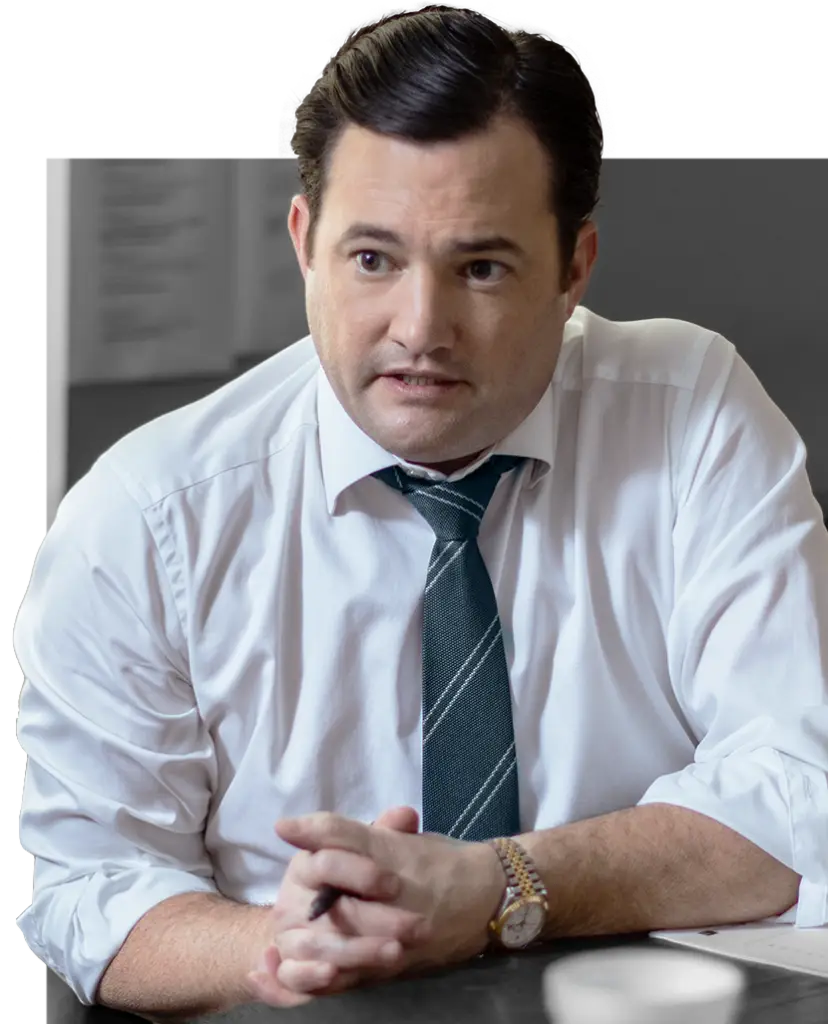Involvement in a traumatic event like a motor vehicle accident can cause fear and anxiety. The thought of being on the road again may seem overwhelming, especially if you were trapped inside a wrecked vehicle. Simply witnessing a serious accident or knowing someone who was injured or killed in a car crash is enough to cause deep distress. There are steps you can take following a motor vehicle accident to recognize emotional trauma and develop healthy coping mechanisms.
What Trauma Is Most Commonly Related to Being Trapped in a Wrecked Vehicle?
Trauma is anything that causes mental disturbance for a significant period of time following a triggering event. The type of trauma people experience after a car accident may lead to amaxophobia, or a fear of driving or being a passenger in a motor vehicle. Amaxophobia can cause extreme fearful reactions when confronted with the thought of doing either activity. Those suffering from amaxophobia may have trouble getting to school, work, and other destinations because they are afraid they will be injured or killed in a crash. The condition substantially impacts a person’s ability to live a normal life.
A related diagnosis of claustrophobia, or a fear of enclosed spaces, is also common in accident survivors who were trapped inside of a wrecked vehicle while they waited for help to arrive. People most at risk for developing amaxophobia with claustrophobia are those who have had a past traumatic experience involving a car accident.
How Can I Tell if My Anxiety Is Related to My Motor Vehicle Accident?
According to the Anxiety & Depression Association of America (ADAA), the following are signs that you or a family member may be suffering from post-accident emotional distress:
- Anxiety, especially in regard to driving or riding in a vehicle
- Depression
- Anguish
- Fearfulness
- Insomnia
- Recurring nightmares
Symptoms are triggered by interactions involving any mode of transportation, including cars, trains, subways, buses, boats, and airplanes. They can lead to avoidance of driving or riding in a motor vehicle.
What Can I Do if I’m Suffering From Fear and Anxiety Following an Accident?
It’s important to take care of your physical health by getting enough rest, eating a healthy diet, exercising, and remaining socially active. The ADAA also encourages those suffering from accident-related fear and anxiety to focus on what they have control over, rather than those things outside of their control. When you are a driver or passenger in a vehicle, you can control:
- Consistently wearing a seatbelt
- Minimizing distractions, including cell phones
- Driving alert and awake
- Obeying traffic laws and speed limits
When persistent symptoms prevent you from going about the business of your day-to-day life, it’s time to seek additional help. A licensed mental health professional can help you work through your feelings and manage your fear and anxiety.
How Are Accident-Related Fear and Anxiety Treated?
There are several effective therapies for treating patients experiencing anxiety after being trapped in a wrecked vehicle, including exposure therapy, cognitive behavioral therapy, and pharmaceutical interventions:
Exposure Therapy
Exposure therapy is a common technique developed to help people confront their fears and phobias. In this case, the goal of exposure therapy is to break the cycle of avoidance and help the patient drive or ride comfortably in a motor vehicle again. The therapist begins by creating a safe environment to simulate the patient’s fear. Within the safety of that environment, the therapist gradually exposes the patient to the very triggers that cause their fear or avoidant behavior.
For example, the therapist may begin by teaching the patient breathing and relaxation techniques they can use before and during the exposure therapy exercises, which could involve:
- Viewing photos or footage of situations involving vehicles
- Sitting behind the wheel or in the passenger’s seat of a parked vehicle
- Driving or riding as a passenger for a short distance, such as through an empty parking lot
- Using a virtual reality headset to simulate driving or riding in a vehicle for longer distances
Exposure increases over time until the patient has met their therapy goals.
Cognitive Behavioral Therapy
Cognitive Behavioral Therapy (CBT) is a therapeutic approach for lessening fear and anxiety. The therapist works with the patient to teach them how to shift the way they perceive and respond to their anxiety. Instead of avoiding interactions with vehicles, patients might be encouraged to repeat a mantra to themselves when they become anxious. For example, “I’ve taken all of the necessary steps to protect myself, and I’m safe.”
Pharmaceutical Interventions
Your doctor may also write a prescription for anxiety medication to help you manage your symptoms. These medications work by relaxing areas of the brain or by raising the level of good chemicals within the brain. Here’s a list of some of the most commonly prescribed anti-anxiety medications:
- Xanax (Alprazolam)
- Klonopin (Clonazepam)
- Valium (Diazepam)
- Ativan (Lorazepam)
- Lexapro (Escitalopram)
- Paxil (Paroxetine)
- Effexor XR (Venlafaxine)
- Cymbalta (Duloxetine)
Since some of these drugs carry a risk for dependence or abuse, it’s important to have a frank discussion with your doctor about the pros and cons of beginning a new prescription or discontinuing the use of a current one.
Will My Car Accident Claim Cover the Cost of Therapy?
Ongoing treatment for accident-related care is costly, and all of the expenses may not be covered by your health and auto insurance policies. If you were injured as a result of another driver’s negligent behavior, you may be eligible to receive compensation to offset the cost of your out-of-pocket medical expenses and pain and suffering.
An experienced personal injury attorney will review your case, help you determine any damages the other driver’s insurance company may owe you, and review your options for moving forward. Although there is no amount of money that can bring back your sense of safety and security behind the wheel, an insurance settlement in your favor can ease the financial burden and get you the help you need to get back to your life.
Sources:
–Anxiety & Depression Association of America
–American Psychological Association










